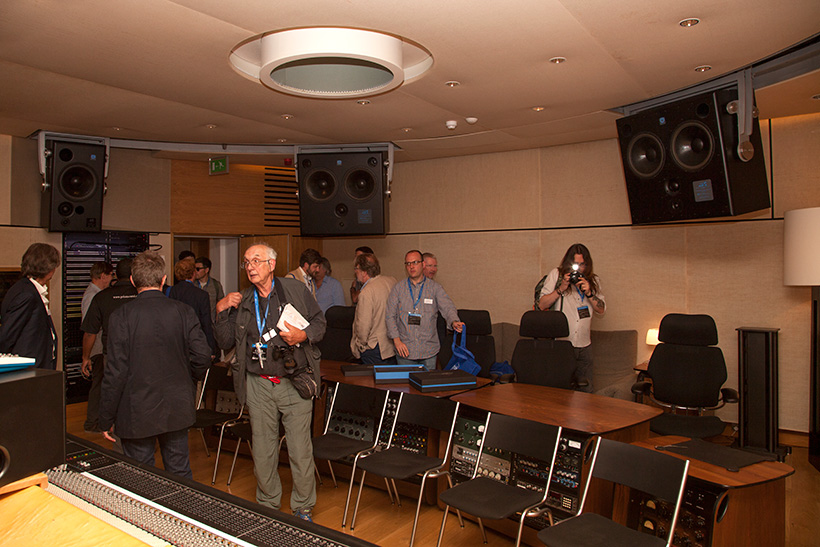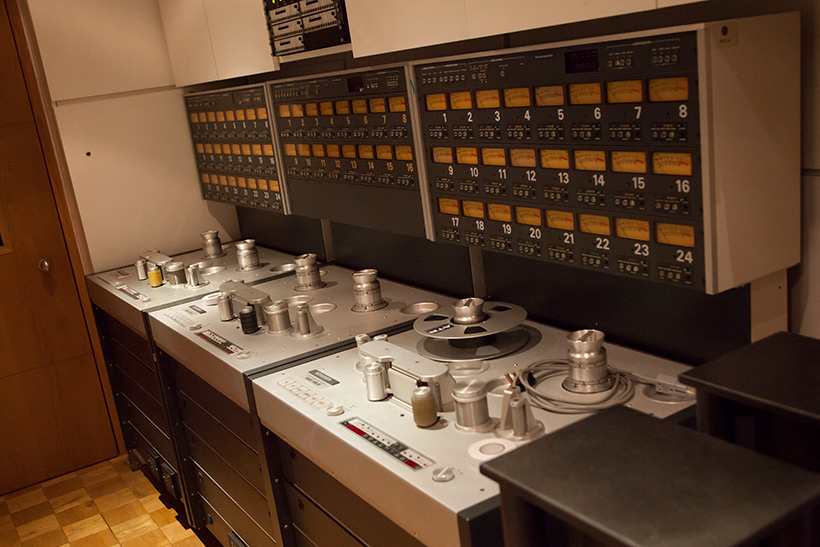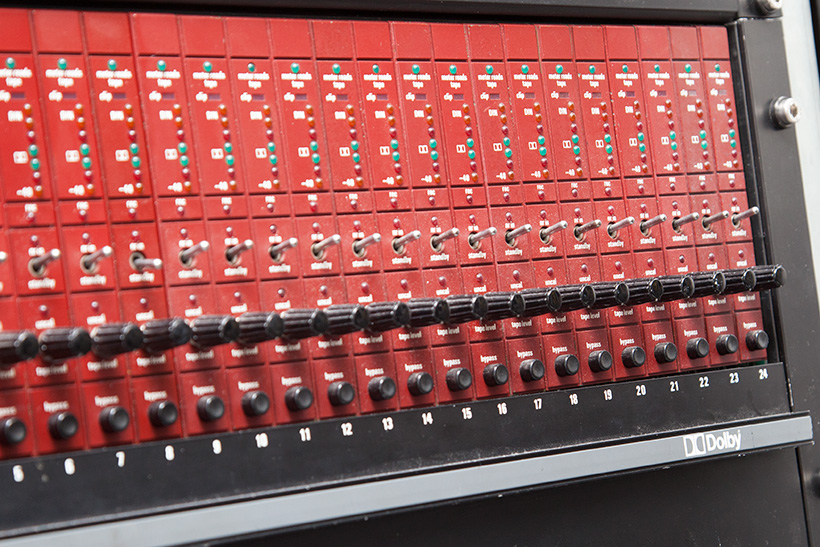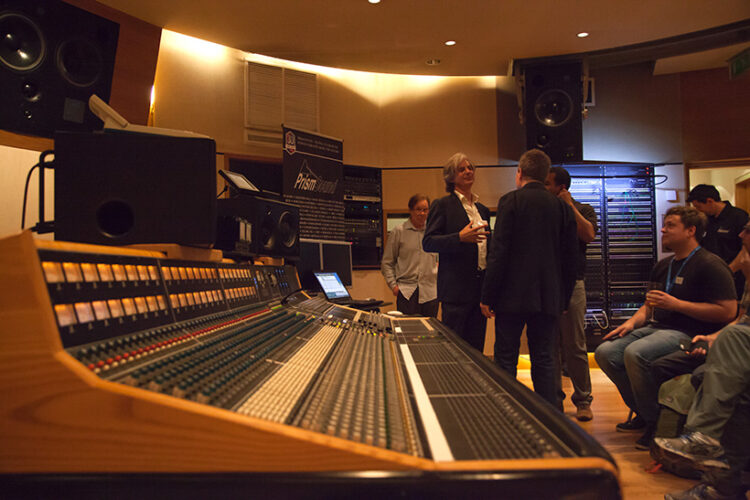Prism Sound has established itself as one of, if not the, foremost brand in digital conversion for recording studios, so it was apt that they chose Mark Knopfler’s British Grove studio in Chiswick, London to formally launch their first product for the hi-fi market. We first heard about Callia back in February, since then it has been to the Munich High End show and now is finally in production. Callia is a compact DAC that converts PCM up to 384kHz and DSD via DoP with USB, optical and coaxial inputs. So pretty standard fare for a £1,795 DAC at a glance, but it shows its credentials in balanced and single ended outputs and a headphone output with variable output impedance so that it can be used with a range of models. Callia also incorporates the technology that made Prism Sound’s name in the pro world. As marketing director Graham Boswell puts it “For 30 years we have been at the forefront of A/D and D/A converter technology. Our products are found all over the world, with so much of our favourite music and movie scores having been recorded, mixed or mastered using Prism Sound professional converters.” Certainly listening to the company’s converters in British Grove’s studio 2 made a good case for Graham’s point that the Callia was designed to “bring this level of quality and transparency into the home to enable the modern music lover and audiophile to benefit from hearing their recordings in exactly the same way as the original artiste, engineer or producer.”

The Prism Sound ADC/DAC converters used in studio 2 are combined with an ATC 7.1 channel monitoring system where the rear channels are on sliding rails, these consist of two SCM150ASLs and two SCM300ASLs that are mirrored by three SCM300ASLs at the front and subwoofers that are out of site. We got to hear the stereo monitors playing a selection of old and very new tracks that revealed both just how phenomenally transparent such a big system could be and, as a result, how much recordings vary in character. Gus Dudgeon’s eighties remastering of Elton John’s ‘Saturday Night’s Alright for Fighting’ was painfully bright while Glynn John’s latest production for Eric Clapton, made in 16-track analogue with “Dolbies”, sounded like liquid mahogany. We also heard a drum and bass track by former Led Zeppelin bass player John Paul Jones that was pretty convincing, not only that but he turned out to be sitting in the front row. You can’t go anywhere in west London these days without tripping over a rock demi-god it seems!

Studio 2 with John Paul Jones and Graham Boswell on the right and serious monitoring behind

The back of the room
Most of the serious hardware for both the studios at British Grove is housed in an equipment room that buzzes with air conditioning and looks like it was a serious challenge to wire up. Note the Apple Mac Pros at the bottom and the rows of converters to accommodate the desks in two studios. Studio manager David Stewart attempted to explain what a lot of the kit does but all I caught was something about custom made headphone routing equipment and plate reverbs attached to substantial plates of steel that produce a classic sound that cannot be replicated in software. No surprise there then.

Old tech…

… and new
Probably the best thing about the event was that Graham Boswell didn’t feel the need to bludgeon us with level, instead he played a range of material at near normal levels and revealed just how transparent the Prism Sound and ATC hardware can be. When the Callia turns up for review I might have to drag out the SCM150ASLs and try to replicate the experience.

"Dolbies"


